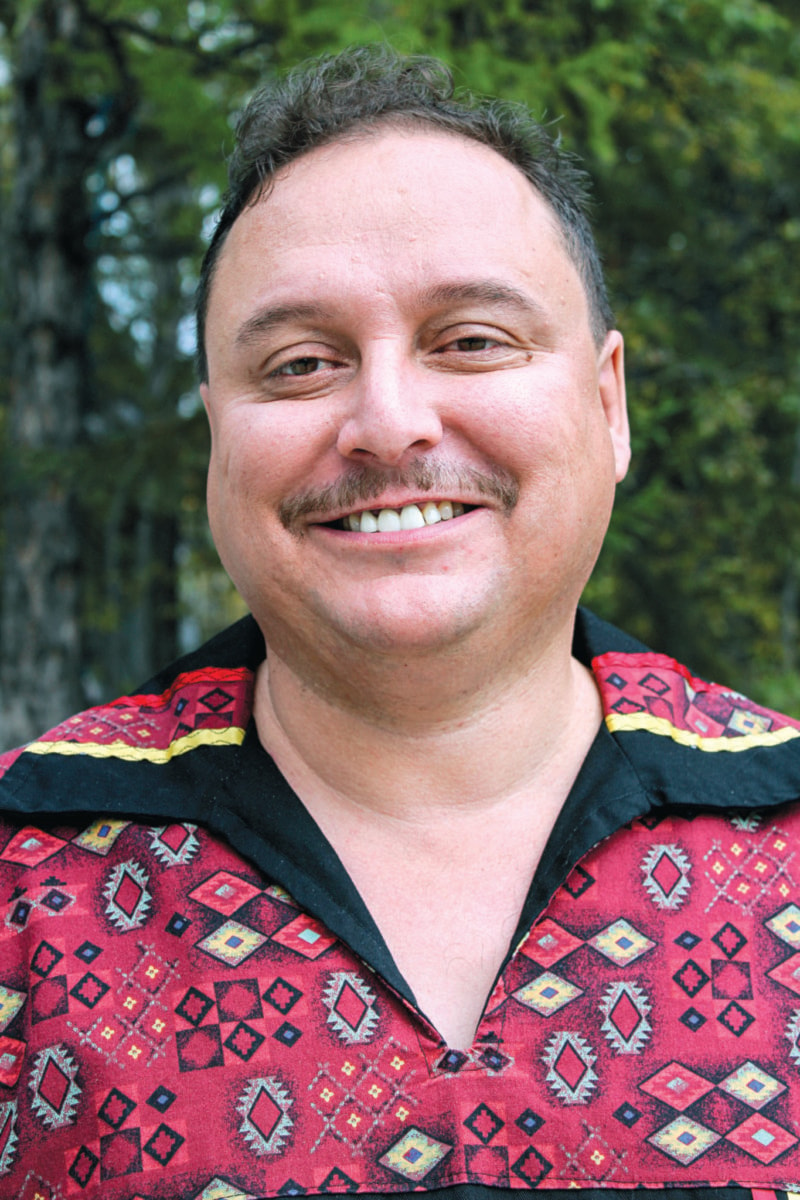Canada’s progress on saving Wood Buffalo National Park will be judged on Dec. 1 of next year.

While it stopped short of listing the deteriorating park as “in danger” at its meeting in Azerbaijan last week, the United Nations’ World Heritage Committee stated serious concerns remain with the state of conservation in Wood Buffalo, a 45,000-kilometre park containing vital but threatened wetlands, grasslands and habitat for millions of migratory birds.
“The Government of Canada welcomes the World Heritage Committee’s decision on the state of conservation of Wood Buffalo National Park World Heritage Site,” stated Parks Canada media relations officer Megan Damini, in part, in response to the decision made last week.
“... While acknowledging that there is more work to be done, the decision affirms the Government of Canada’s commitment to the on-going protection and management of Canada’s largest national park and World Heritage Site.”
The committee acknowledged and commended efforts made so far by Canada in addressing some of the park’s issues, including the completion of a multi-pronged action plan in cooperation with provinces and Indigenous groups, as well as $27.5 million attached to the plan in this year’s budget.
“While the funds assigned to the action plan above and beyond the property’s current budget are significant, more funding will likely be needed given the size of the property and complexity of issues to address, as already acknowledged in the Action Plan as ‘strategies to seek new resources will be developed in 2019,’” stated the committee.
After the decision not to list the park as “in danger” came out, a media release was sent out by a group of Indigenous and environmental organizations, “supported by” the Northwest Territory Métis Nation and the Smith’s Landing First Nation, demanding more action and decrying the state of the park.
While NWTMN president Garry Bailey did not respond to a request for comment by press time, he had expressed in February cautious optimism about the government’s plan to save the park.
If they put the money it needs into (saving the park), it could be possible to do it,” he had said, adding that time is running out.
The main concerns remaining with the park, other than the effects of climate change, are upstream development—particularly the proposed Site C hydroelectric dam to be built in B.C. and oil sands development in Alberta.
Integral to the park’s problems are vastly decreased water flows into the region, which will take another big hit due to the dam, and pollution risk to the waters caused by oilsands development near waterways such as the Athabasca River.
The Site C project was approved in 2014 after the completion of a joint environmental assessment by the B.C. and federal governments. The Canadian Environmental Assessment Agency has since been conducting inspections on the project, still in its early stages, to ensure compliance with legally-binding mitigation and follow-up measures, according to Damini.
Part of the feds’ plan also involves studying and trying to come up with some creative solutions to water flow and hydrology issues.
Both the feds and Alberta have committed to a $50-million-per-year program to monitor potential environmental impacts of oilsands development.
“Under the Fisheries Act, the deposit of deleterious substances into water frequented by fish is prohibited,” stated Damini.
“Environment and Climate Change Canada is responsible for administering and enforcing the pollution prevention provisions of this act. Where there is evidence of a violation, appropriate action is taken in accordance with the Compliance and Enforcement Policy of the Fisheries Act.”
The action plan also commits to “systematic, landscape-level tailings risk assessment,” she stated.
The creation of the new Wildland Provincial Parks in Alberta, which conserve more than 6.7 million hectares of boreal forest adjacent to Wood Buffalo, was also commended by the committee.
The committee said that, while acknowledging these efforts, serious concerns remain about the “severity of the challenges” and the downward trend of health indicators, especially in the Peace-Athabasca Delta.
“Considerably more effort will be needed to reverse the negative trends, at a time when climate change combined with upstream industrial developments and resource extraction are intensifying,” stated the committee.
